,
‘What Fuels Fashion?‘ is a single-issue, special edition of our annual Fashion Transparency Index. We have reviewed 250 of the world’s largest fashion brands and retailers and ranked them according to their level of disclosure on climate and energy-related data in their own operations but primarily in their supply chains.
Download the What Fuels Fashion? report
Want to take an in-depth look into the ‘What Fuels Fashion?’ report? Please email us at transparency@fashionrevolution.org
TAKE ACTION

We believe that big fashion can pay its own bills. That’s why we are calling on brands to invest at least 2% of their annual revenues into a clean, fair and just energy transition.
By investing at least 2% of their annual revenues into clean, renewable energy and up-skilling workers, fashion could simultaneously curb the impacts of the climate crisis and reduce poverty and inequality within their supply chains. By providing financial support and building long-term, trusted relationships, brands can help their suppliers overcome the financial barriers to decarbonisation.
Send an email to 250 of the world’s largest fashion brands now using our easy email-a-brand tool.
SEND AN EMAILKEY FINDINGS
Fashion remains one of the most polluting industries with fossil fuels burned at every stage of production. However, our report finds that despite the escalating climate crisis, big brands’ reduction targets are not ambitious enough to meet the global goal of limiting temperature rise to 1.5°C above pre-industrial levels.
‘What Fuels Fashion?’ reveals a lack of transparency in several crucial areas. A highlight of key findings includes:
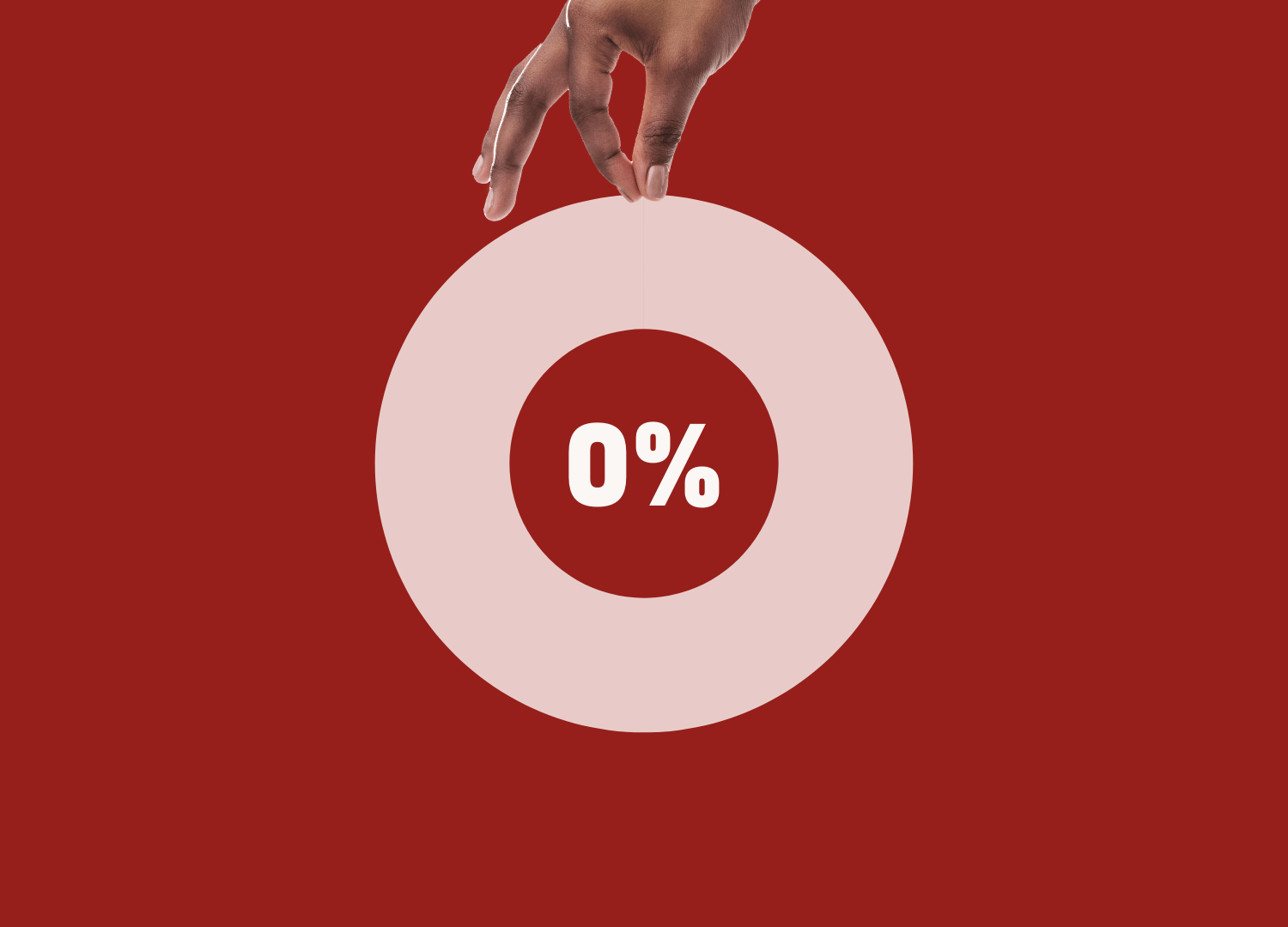
OVERALL SCORE
The average score of 250 of the world’s largest fashion brands is just 18%.
The highest score this year is 75%.
However, 32/250 (13%) major brands scored a 0% rating.
LACK OF COMMITMENT TO DECARBONISATION
Nearly a quarter of the world’s biggest fashion brands disclose nothing on decarbonisation, signifying that the climate crisis is not a priority for them.
Meanwhile, less than half (47%) of brands disclose a Science Based Targets Initiative (SBTi) target covering the entire value chain. The research finds that less (43%) brands disclose progress against these targets.
Of the 107 out of 250 brands that disclose their progress, 42 disclose increases in scope 3 emissions against their baselines – and that’s just the brands we know of.
For 143 brands (57%), it is unclear what their progress is. With less than 5 years to halve global emissions by 2030 – it is clear that the industry is moving further away from this critical lifeline as emissions rise.
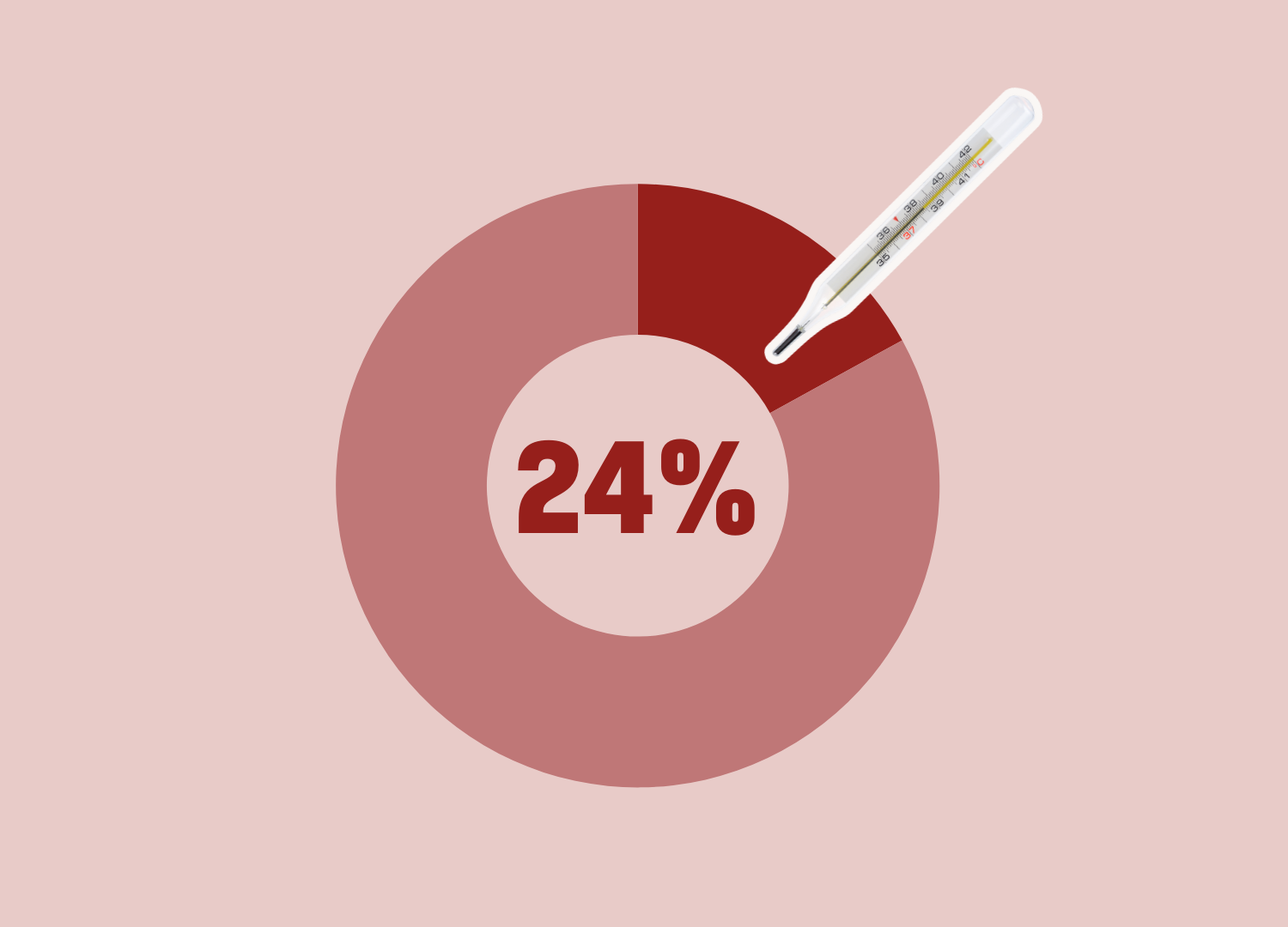

BRANDS ARE MISSING CLIMATE TARGETS
The fashion industry is lagging significantly in achieving climate targets and reducing emissions, with 86% of companies lacking a public coal phase-out target, 94% without a public renewable energy target, and 92% without a public renewable electricity target for their supply chains.
Less than half (44%) of brands are transparent about their energy procurement at the operational level, and even fewer (10%) at supply chain level. Additionally, no major fashion brand discloses hourly matched supply chain electricity use. As a result, big fashion’s zero-emissions claims may be disconnected from grid realities, creating a false sense of progress against climate targets.
NO TRANSPARENCY ON OVERPRODUCTION
The fashion industry wants to have its cake and eat it too. Most big fashion brands (89%) do not disclose how many clothes they make annually. Alarmingly, nearly half (45%) fail to disclose neither how much they make nor the raw material emissions footprint of what is produced, signalling the industry prioritises resource exploitation whilst avoiding accountability for environmental harms linked to production.
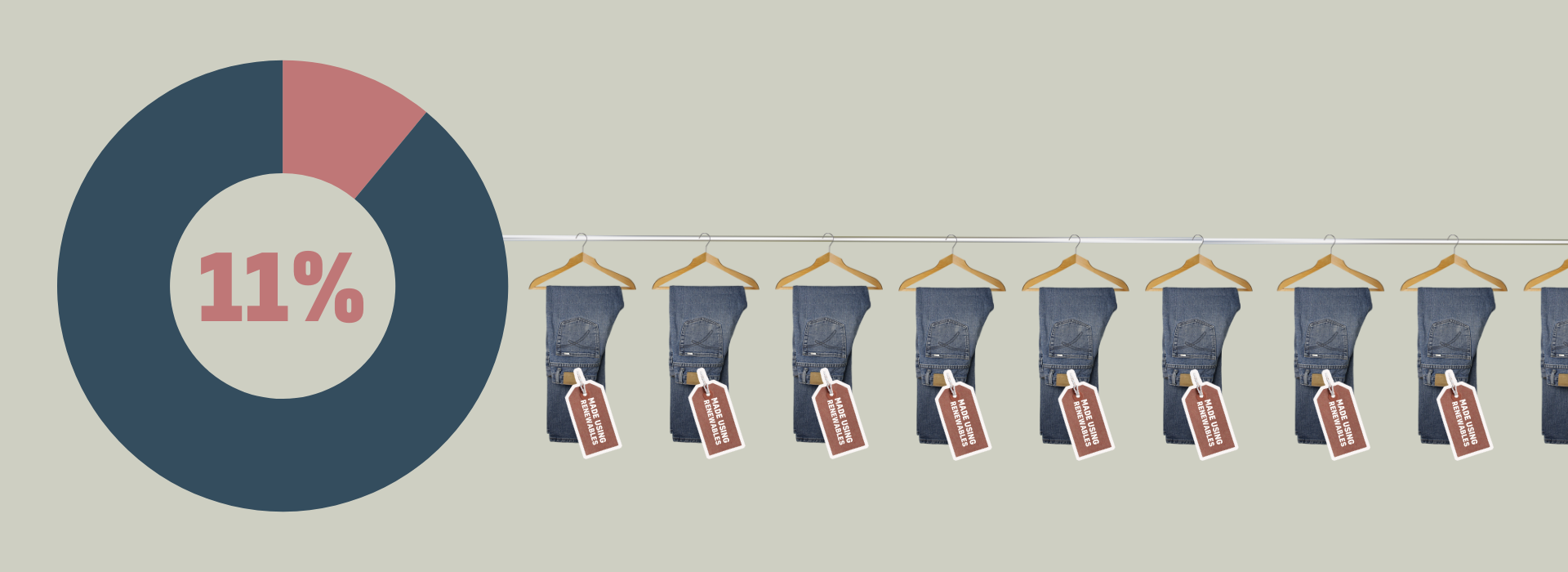
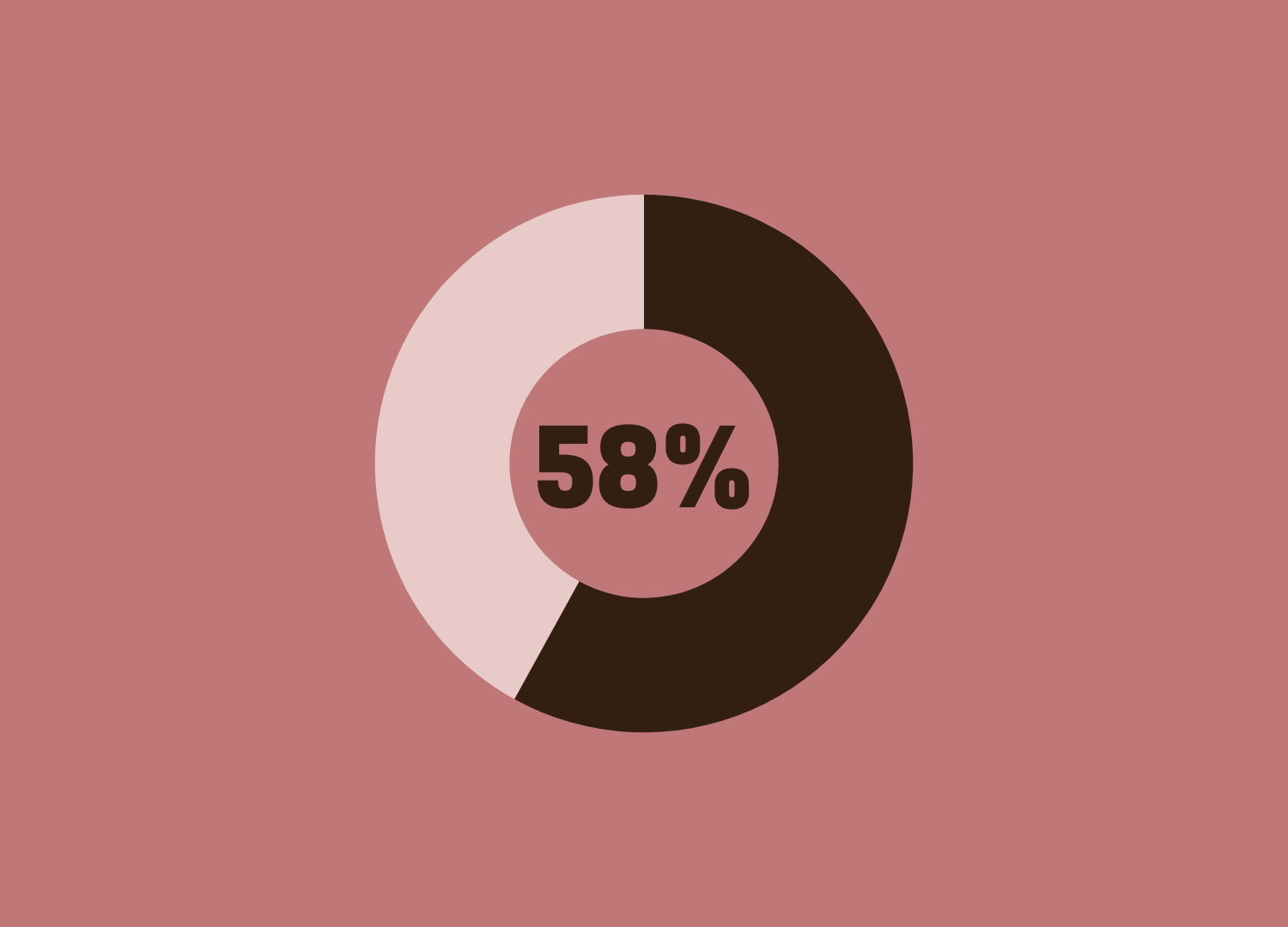
FOCUSING ON FALSE SOLUTIONS
So-called ‘sustainable’ clothes may still be produced using fossil fuels. The fashion industry’s climate impact has largely been scrutinised through the lens of the materials used in our clothes, rather than the manufacturing processes behind them. While 58% of brands disclose sustainable material targets, only 11% reveal their supply chain’s energy sources, meaning ‘sustainable’ clothes might still be made in factories powered by fossil fuels.
SUPPLIERS NEED FUNDING, NOT DEBT
Despite being the largest emitters with the greatest financial responsibility to decarbonise, nearly all (94%) big fashion brands fail to disclose how much they are investing in supply chain decarbonisation. Only 6% disclose contributions, often to joint climate funds like the Fashion Climate Fund and Future Supplier Initiative. These funds offer supplier loans for infrastructure like solar panels. However, burdening suppliers with loans to meet brand climate targets is unfair and perpetuates existing power imbalances between fashion brands, their suppliers and the people who make our clothes.


FINANCING DECARBONISATION
Big fashion needs to pay for the transition from coal to clean energy but only 6% of the world’s largest fashion brands tell us how much they are spending on decarbonisation annually.
Instead of investing in a fair transition away from fossil fuels like coal to renewable energy sources like wind and solar to power fashion’s supply chain in a clean way, fashion brands are shifting the costs onto the factories they work with; burdening workers and communities with fixing a problem they didn’t create.
WORKERS ARE ON THE FRONT LINES OF THE CLIMATE CRISIS
Almost no fashion brand discloses how they are engaging with workers and communities in their supply chains affected by climate breakdown; 94% of big fashion brands do not disclose how they are engaging with affected stakeholders to identify the impacts of their climate strategy and co-create local solutions and mitigations.
Incorporating the insights of workers and other affected stakeholders is essential in leveraging lived experiences to inform a more effective and robust climate strategy. Moreover, gaining buy-in from workers and others affected, is likely to improve its implementation.


RENEWABLE ENERGY ADVOCACY
Fashion brands have the potential to lead the clean energy transition based on their powerful economic influence in their sourcing countries and must leverage this to deliver real renewable energy capacity. However, our report found that just 13% of brands disclose evidence of past and current renewable energy advocacy in their supply chains, and a mere 2% disclose the outcomes of these advocacy efforts.
88% of brands fail to disclose any information regarding their advocacy for renewable energy, meaning it is unclear how, or if, these brands are supporting efforts to increase access to renewable energy in areas where it is scarce or unavailable.
ENERGY PROCUREMENT
Although 44% of brands disclose how they are accounting for renewable electricity, many rely on RECs and very few (10%) disclose this information at supply chain level, meaning it is unclear if brands are meaningfully decarbonising their operations and supply chains.


SUPPLY CHAIN
Fashion brands heavily rely on coal to power the factories that produce our clothes. From farming fibres to finishing fabrics, fossil fuels are found at every stage of the supply chain.
Despite an estimated 96% of fashion’s emissions being created at manufacturing stage, it is alarming that only 8% of brands disclose a renewable electricity target for their supply chain.
JUST TRANSITION
A transformation on the scale necessary to stop climate change often implies losses of jobs and livelihoods, which is why we advocate for a just transition that ensures the people who make our clothes aren’t left behind.
But as fashion races to reach net zero, our report finds that brands aren’t providing sufficient support for their workers. The majority (96%) of the world’s largest fashion brands haven’t publicly committed to a Just Transition strategy and only 4% of brands disclose their efforts to retain and re- and/or up-skill supply chain workers whose jobs are at risk.
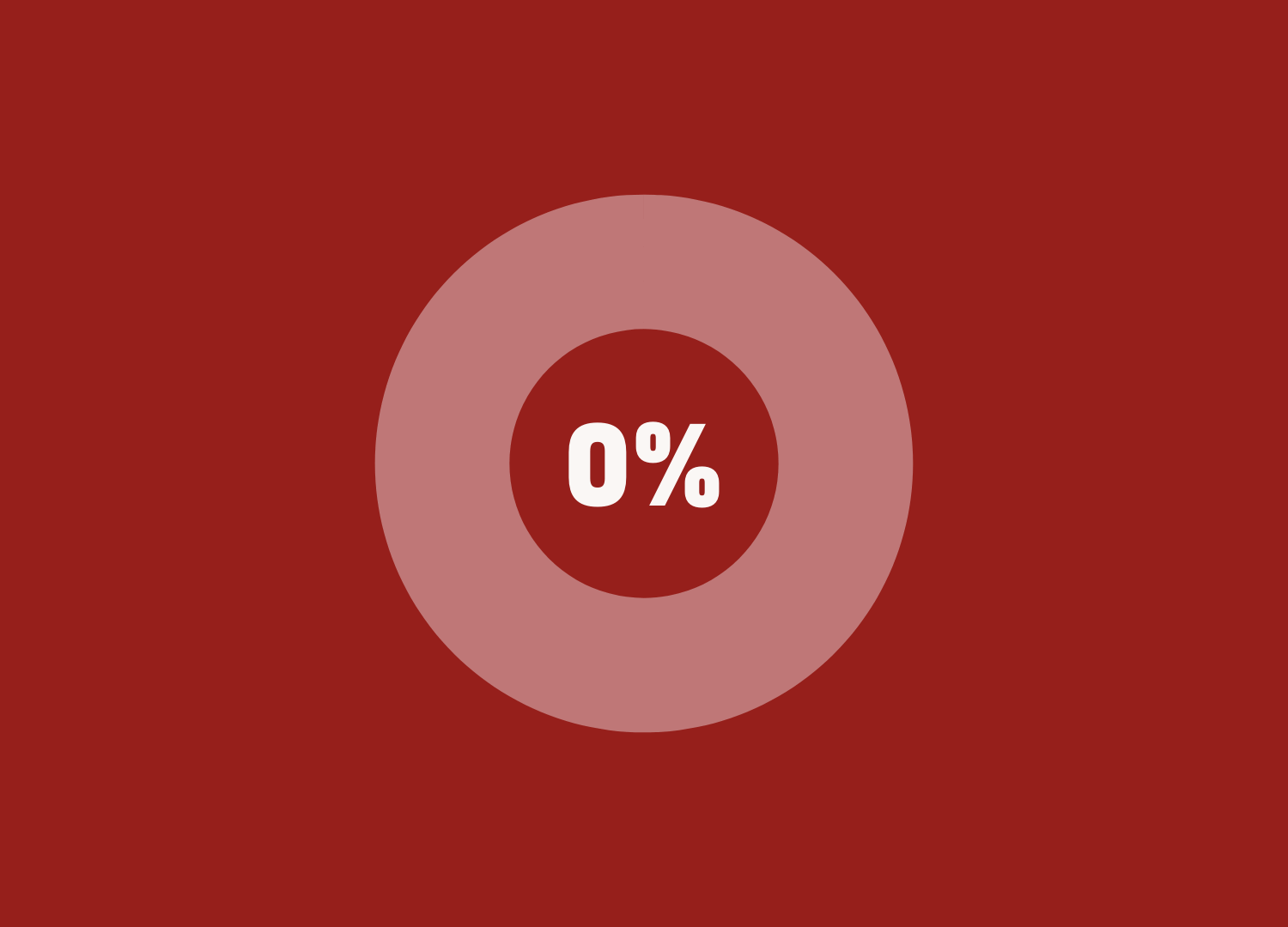

RIGHTS-RESPECTING GREEN TECHNOLOGIES
Not all renewable energy is ethically sourced and the production of solar panels has been linked to cases of forced labour and human rights abuses. Despite this, an abysmal 1% of brands disclose a public commitment to ensure that suppliers transitioning to renewable energy do not procure solar panels made with high-risk of State-Imposed Forced Labour.
PUT YOUR MONEY WHERE YOUR EMISSIONS ARE
Our clothes are fuelling environmental breakdown and global disaster. Big fashion is not just destroying the future, it’s destroying the present.
The fashion industry is one of the richest on the planet, estimated to be worth over $770 billion (Statista, 2024); but it’s also one of the most polluting. Fashion brands heavily rely on coal to power the factories that produce our clothes. From farming fibres to finishing fabrics, fossil fuels are found at every stage of the supply chain.
It’s clear that big fashion is deep in the pockets of big oil (and gas and coal). Our clothes are made in regions of the world that are reliant on fossil fuels to generate power. As the fashion industry grows, so does the demand for fossil fuels.

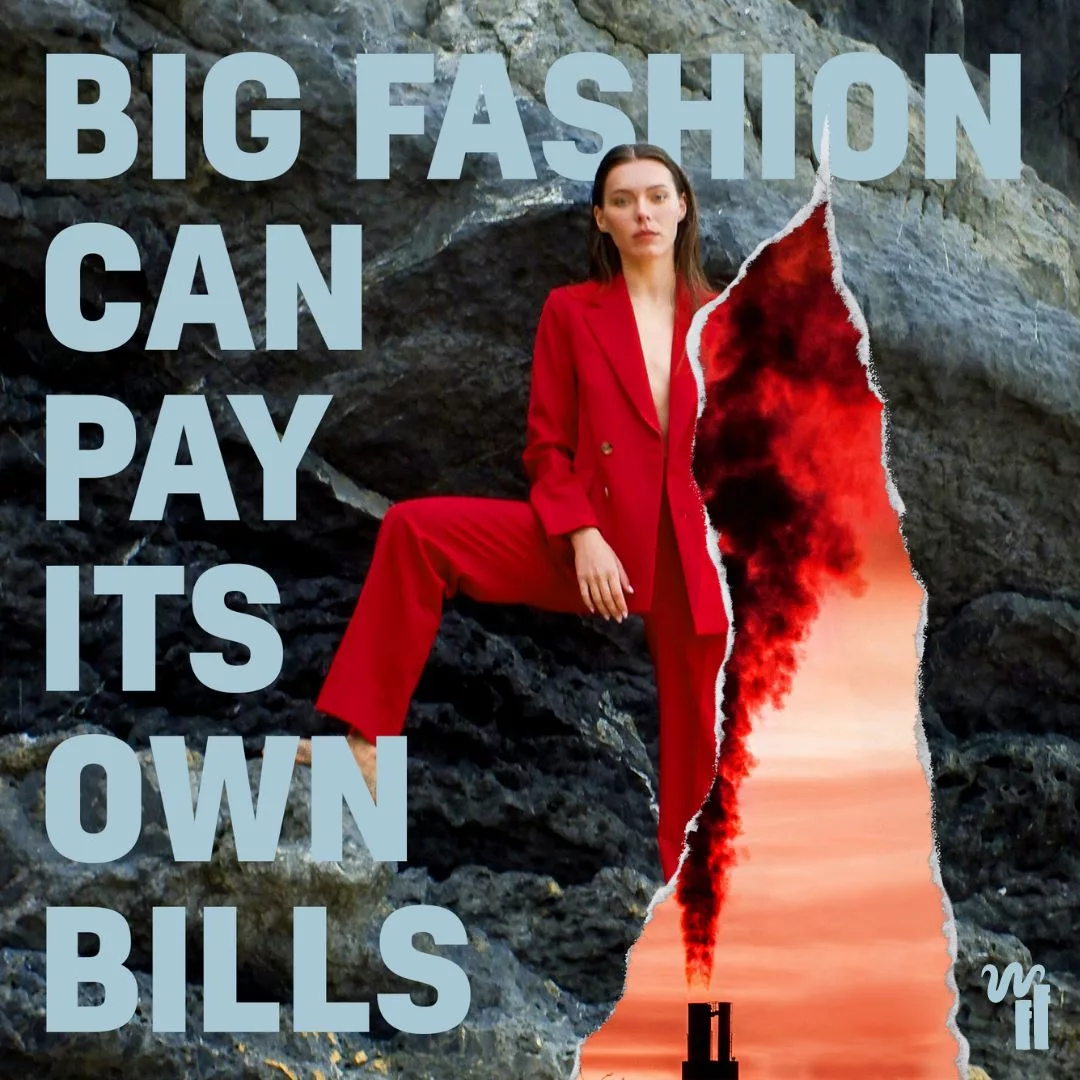
IT’S TIME FOR BRANDS TO COUGH UP
Climate scientists are clear that in order to stop catastrophic climate change, we must rapidly invest in the main solution to cut carbon emissions: renewable energy. The International Energy Agency calls for a tripling up of renewable energy, doubling of energy efficiency and phasing out of fossil fuels by 2030 to stay with 1.5°C of global warming. Big fashion needs to pay for the transition from coal to clean energy but only 6% of the world’s largest fashion brands tell us how much they are spending on decarbonisation annually.
The fashion industry has made billions by exploiting the people who make our clothes and extracting immense wealth from the countries least responsible for climate breakdown. Big fashion must use its powerful economic influence to fuel the clean energy transition rather than placing greater burden onto their suppliers. Workers are already paying the price of climate change; it’s time for brands to cough up.
TAKE ACTION

EMAIL A BRAND
Use our email-a-brand tool to send a message to the world’s largest fashion brands
SEND AN EMAIL
DON'T BE FUEL-ISH
Tell brands #DontBeFuelish with our future: use our comment template to leave a message under their social media posts.
DOWNLOAD
SUBSCRIBE TO OUR NEWSLETTER
Sign up to the Fashion Revolution newsletter for campaign updates and more ways to take action
SUBSCRIBEWHY ARE WE FOCUSING ON MONEY?
The climate crisis is one of the most pressing issues of our generation. But as we race to reach net zero, we must ensure that workers aren’t left behind. Too often, brands are abandoning their suppliers and jumping to new factories.
Instead, brands must share responsibility, offer financial stability to their suppliers and invest in a just transition to bring their existing workers with them.
The global fashion industry is built on an imbalance of money and power. Billionaire fashion CEOs are destroying our planet and our future with it. Workers hold many of the solutions to the climate crisis, but do not have the money or power to create systemic change. To solve the big problems, we need to transfer wealth into the hands of workers.
Big brands are quick to tell us about their sustainable capsule collections and circular shopping solutions. But by focusing on materials and marketing tactics, they are not addressing the problem at its root: we need to drastically reduce emissions to curb the impacts of the climate crisis. The only way to do this is by investing in clean, renewable energy.
The top polluters should be responsible for mitigation (mitigation = cutting emissions). It’s no coincidence that countries in the global north are profiting from climate destruction while communities in the global south are suffering its impact. High emitters must provide climate finance to low-emitting countries for mitigation, adaptation, and loss and damage.
OTHER LANGUAGES AVAILABLE
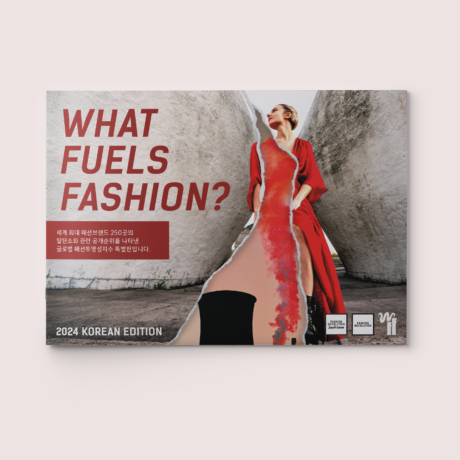
KOREAN
READ NOW
“For every sustainability claim we see, we need to ask one fundamental question. Does this actually make an impact on reducing emissions, ditching fossil fuels or scaling up renewable energy? If not, the Earth simply cannot tell the difference.”
Ruth MacGilp, Fashion Campaign Manager at Action Speaks Louder
“I am from Gambella, Ethiopia, and I became a refugee 15 years ago in South Sudan due to political instability in my motherland. I have been doing beading since I was a child. Now I find myself in the Gorom camp working for Roots, and my beading skills are providing an income.
When my family was back in Gambella, we used to plant crops throughout the year. But here in Gorom refugee camp, the soil is not fertile all year round due to the climate. We had to wait for months before planting a seed. Now you can see, there is fresh maize, because the rain has finally come.
Now there is too much hunger and too much heat. I don’t know how I can finish the year.”
Jahia, Artisan at ROOTS


“The impacts of extreme heat, desertification, haboob (intense dust storms) and flooding have become increasingly dire across the 18 states of Sudan. The climate crisis has been noticeable to the average individual and mostly to those working in the farming, agriculture and energy sectors.
Alongside these intense environmental changes to the already climate vulnerable Sudan, the proxy war which has been ongoing for a year and three months, caused millions of civilians to either become internally displaced or having resorted to fleeing to neighbouring countries for shelter and safety.
I live in constant fear knowing that the lives of my extended family and community are at risk, with no lifeline in sight.”
Hadeel Osman, Fashion Revolution Sudan
“Local communities in India face significant challenges related to healthcare, education, transportation, livelihoods, and food security. The climate crisis presents an additional hurdle to their socio-economic development. These communities have long been adapting to the impacts of the changing climate through adjustments in mobility, land use, livelihood strategies, and institutional arrangements. Even efforts to achieve the Net Zero goal have unintentionally aggravated several problems. For example, the development of hydropower plants has adversely affected biodiversity, caused job losses and displaced residents.”
Akanksha Mary, Fashion Revolution India


“The effects of the climate crisis are very visible across communities in Zimbabwe and yet the cause remains an inheritance of communities elsewhere. This injustice can be experienced across craft and fashion with fewer natural resources available to artisans and more clothing waste being brought into the country. And though communities across craft, art and fashion find creative ways to repurpose, reuse and recycle, our slow processes can hardly keep pace with the fast consumerism.”
Haleema Mekani, Fashion Revolution Zimbabwe
FREQUENTLY ASKED QUESTIONS
This year, in place of the Global Fashion Transparency Index 2024, we have published a special edition, single-issue report titled ‘What Fuels Fashion?’.
‘What Fuels Fashion?’ is new research that Fashion Revolution has developed to spotlight major fashion brands and retailers’ progress on decarbonisation. To drive the changes we urgently need, greater transparency, reliable data and increased advocacy are crucial to push big fashion brands toward more sustainable manufacturing processes.
It is an advocacy tool to drive positive change through wider public awareness-raising and education, lobbying governments, championing small and responsible designers and building a network of activists around the world united by an urgent call to action.
By focusing on a single-issue, Fashion Revolution is placing significant spotlight and media attention solely on decarbonisation and major fashion brands’ performance on it, thus increasing the pressure on brands and therefore the potential for impact.
‘What Fuels Fashion?’ reviews brands’ public disclosure on climate and energy-related data in their own operations but primarily in their supply chains.
The research is broken down into five key themes, including:
- Accountability,
- Decarbonisation,
- Energy Procurement,
- Financing Decarbonisation
- Just Transition and Advocacy
Brands receive points for information that has been publicly disclosed on the brand or parent company website, through self-published annual reports and via third parties where there is a link between the company’s website and the third-party disclosure.
The methodology for the ‘What Fuels Fashion?’ report differs significantly from that of the Global Fashion Transparency Index. As a special-edition report, it places a strong emphasis on climate and energy-related data, focusing on brands’ own operations and, primarily, their supply chains. Unlike previous reports that assessed the transparency of brands’ policies and commitments across various topics, this report zeroes in on assessing big fashion’s transparency and efforts in reducing carbon emissions, sourcing renewable energy, investing in decarbonisation, and supporting and advocating for just, clean and fair energy transitions for workers and communities.
The total score is based on 150 points, derived from 71 indicators, 31 of which are new. These new indicators were developed in consultation with experts, these include Action Speaks Louder, Energy Tag, Stand.Earth, Clean Clothes Campaign, New Climate Institute among others. Other indicators are drawn from the Global Fashion Transparency Index methodology to enable some year-on-year comparisons on certain issues such as: disclosure of brands’ supplier lists, sustainable material targets and progress and production volumes; brands’ climate targets and progress and commitments to freedom of association.
Here is a breakdown of the weighting of the scores by section:
- Accountability – 10%
- Decarbonisation – 40%
- Energy Procurement – 15%
- Financing Decarbonisation – 15%
- Just Transition and Advocacy – 20%
Transparency is essential for mitigating the worst impacts of the climate crisis; we can only manage what we can measure. Primary data is crucial for assessing the scale of the problem and designing effective plans to address fashion’s impact. While transparency is the bare minimum we should expect, it plays a critical role in holding brands accountable for their human rights and environmental impacts across their supply chains.
We understand that citizens are seeking rankings of the ethics and sustainability of major fashion brands. But this is not the intended purpose of ‘What Fuels Fashion?’.
‘What Fuels Fashion?’ is shining a spotlight on how much information big fashion shares about their climate efforts. Transparency is a necessary first step for holding them to account for their impacts.
Transparency underpins sustainability – without transparency, achieving a sustainable, accountable and fair fashion industry will be impossible.
Being ranked highly in this research means a major brand is comparatively more transparent than other big brands. We are not making any statement about whether a brand is ethical or sustainable.
‘What Fuels Fashion?’ is designed as an index to facilitate comparisons of major brands’ and retailers’ public disclosures on their decarbonisation efforts. This format allows brands to easily assess their performance against peers and competitors.
From our experience, ranking brands is a highly effective tool in incentivising transparency and pushes them to progressively improve public disclosure of social and environmental information.
‘What Fuels Fashion?’ draws on the same scope of brands reviewed in the Global Fashion Transparency Index. It reviews and ranks 250 of the world’s largest and most influential fashion brands and retailers. Brands have been selected on the following basis:
- Annual turnover over USD $400 million
- Representing a spread of market segments including high street, luxury, sportswear, accessories, footwear and denim from across Europe, North America, South America, Asia and Africa.
As the biggest and most powerful consumer brands in the apparel industry, the brands reviewed in this research have the most significant negative human rights and environmental impacts and the greatest responsibility to change. Where brands are privately held, we have made an educated guess regarding their size and turnover. Geographic spread is considered too.
No, brands and retailers don’t pay and cannot choose to be included in ‘What Fuels Fashion?’.
We decide which major fashion brands and retailers are reviewed based on their annual turnover, aiming to target the world’s largest companies. We review brands whether or not they participate in the process by completing our questionnaire (which you can access here) and they are given points based entirely on information that is publicly available.
We engage major brands and retailers to achieve industry-wide change – however, we do not charge any of them for participating. Fashion Revolution treats all major brands in this research exactly the same.
We review the world’s largest and most profitable brands and retailers because they have the largest negative impacts on people and the planet, and therefore have the moral imperative, as well as resources, to take action.
Fashion Revolution showcases and champions smaller and more responsible brands and designers through our Fashion Revolution Open Studios and Small But Perfect initiatives. These pioneering brands and designers are actively working to find solutions to the key social and environmental challenges facing the industry, from tackling studio waste to responsible production and sourcing, to finding ways to integrate their businesses with social enterprise initiatives for a mindful, more purposeful industry.
No brand in the report scores 100%. In fact, the highest score this year is 75% – and the average score across all brands is just 18%.
However, in theory, a score of 100% would mean that a brand is publicly disclosing details of every supplier in their supply chain and every policy, procedure, performance and impact reviewed in the Index across a broad range of decarbonisation, energy use, finance, just transition and advocacy issues.
A score of 100% is not the ‘end’, but rather an essential starting point for accountability, addressing impact, mitigating human rights and environmental risks and driving change for the better.
Real transparency, and a score of 100%, would also enable civil society organisations and experts, including the trade unions that represent garment workers, to scrutinise the disclosed information. Where necessary, they could call out shortcomings or malpractice and track to see if these are addressed.
A score of 100% would free civil society organisations from the lengthy process of ‘proving’ responsibility and chains of custody and allow them to focus on driving impact by holding the brand accountable for addressing and mitigating issues and risks.
A commitment to transparency is a commitment to an ongoing process of continuous improvement. It is not a tick-box exercise. Even a brand scoring 100% would not be ‘done’; they would need to maintain up-to-date disclosure on evolving issues. The human rights and environmental risks in fashion are in constant flux – and so to maintain transparency, disclosure would need to be continuously updated too.
We want to be very clear that the ‘What Fuels Fashion?’ report does not measure sustainability or ethics; it measures public disclosure of information that people can use to hold major brands and retailers to account for their claims.
Fashion Revolution believes that the pursuit of endless growth is in itself unsustainable and the model which big multinational brands and retailers included in this Index rely upon. Greater transparency shines a light on the impacts of this fundamental problem. We are not endorsing any single brand in the Index and it is not intended to be used as a shopping guide by consumers.
Fashion Revolution remains committed to ensuring all findings of ‘What Fuels Fashion?’, including a brand’s individual score or ranking, are communicated accurately and in context. All brands in the report are issued with prescriptive Communications Guidelines, to ensure that they communicate their results accurately, avoiding confusion and greenwashing.
The research is based entirely on information which is in the public domain that has been published by major fashion brands and retailers.
However, it is beyond the scope of this research to verify information published in the public domain by major brands and retailers. Affected stakeholders and experts on-the-ground in sourcing countries are best placed to scrutinise and verify the claims brands are making.
We actively encourage publicly disclosed information to be scrutinised by anyone and everyone and used to hold brands to account. And, we will continue pushing big brands to put more information in the public domain.
The What Fuels Fashion? Team
Want to get in touch with us about the What Fuels Fashion report? Please email transparency@fashionrevolution.org






LOOKING FOR THE FASHION TRANSPARENCY INDEX?
Explore the Fashion Transparency Index archive for past editions.
VISIT THE ARCHIVE

